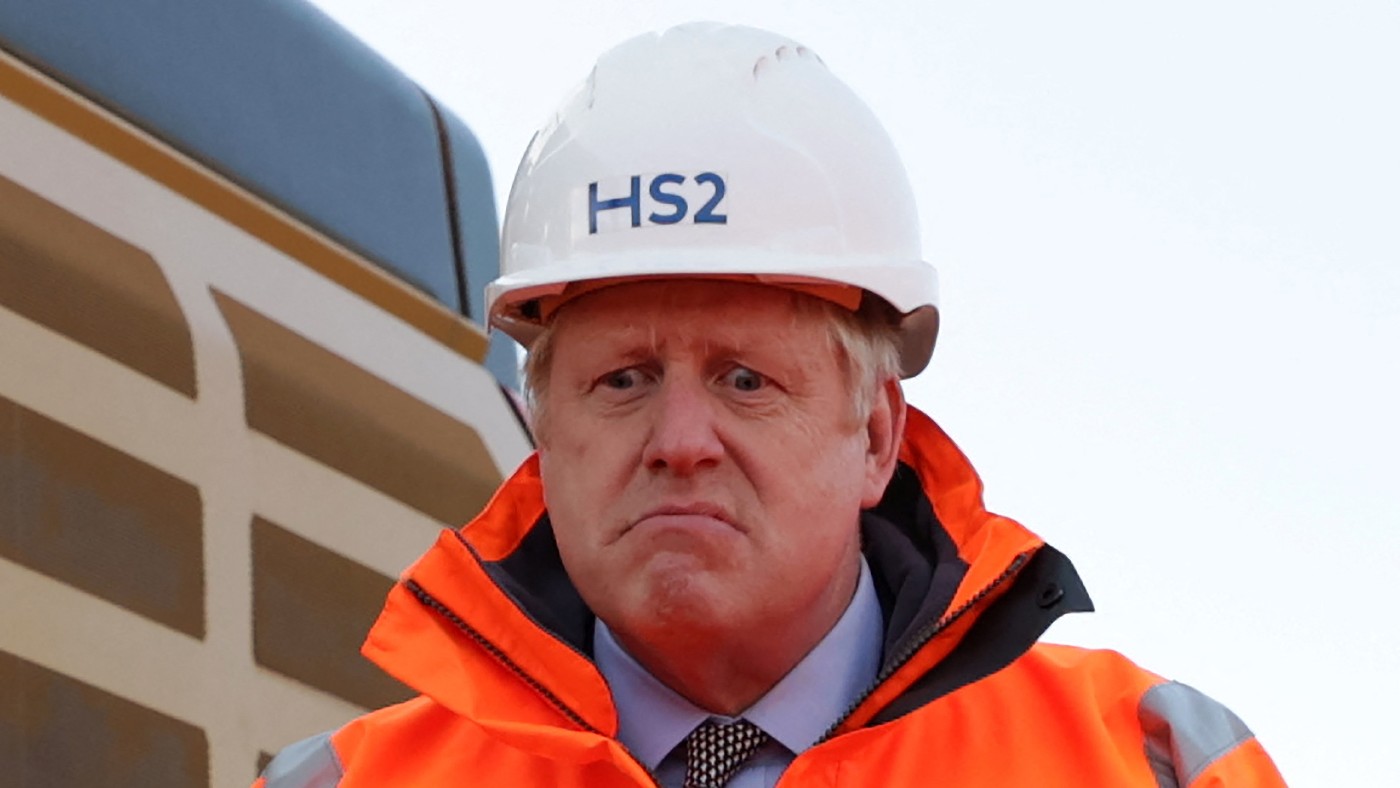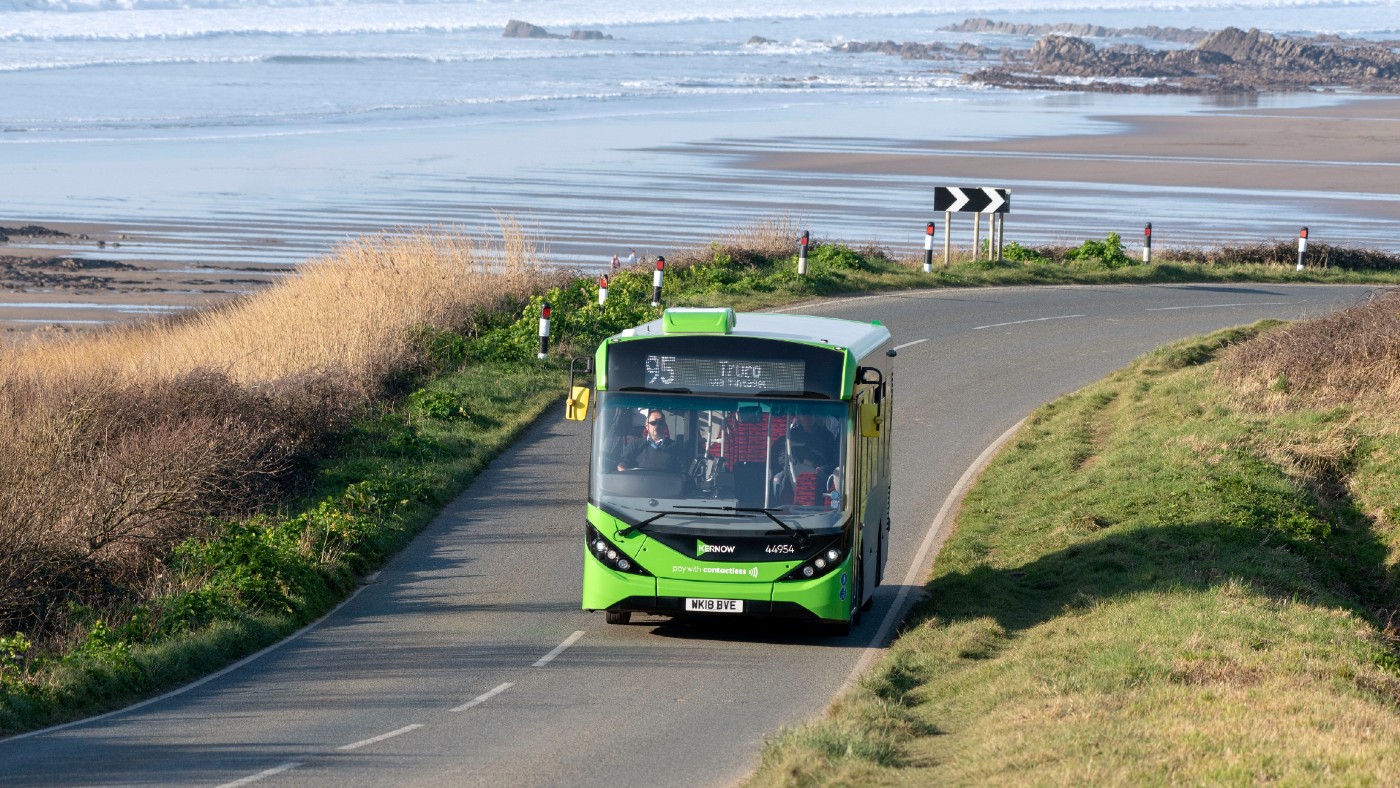The rise of the superyacht
The super-rich are taking to the seas in increasingly large and lavishly equipped yachts

The very rich have owned luxury yachts for a long time. In the 1850s, the railroad magnate Cornelius Vanderbilt built a steamer to take 50 guests and crew on a grand tour of Europe; the word “superyacht” was apparently coined in the early 20th century, when American tycoons such as Horace Dodge and John Paul Getty built themselves large motor vessels.
But according to Evan Osnos in The New Yorker, the era of the modern superyacht really began with the Greek shipping magnate Aristotle Onassis’s Christina O, a former Canadian navy frigate that was given a $4m makeover, and kitted out with the sort of amenities and opulent stylistic flourishes that are now standard. Onassis had a Renoir in the master suite, 18 staterooms, a swimming pool that converted into a dance floor, and a bar with stools upholstered with soft leather made from whale foreskins.
What qualifies as a superyacht?
There’s no hard and fast rule, but it’s generally accepted that if a yacht is longer than 98ft (30m), it’s a superyacht. Beyond that, there are megayachts (more than 230ft); and gigayachts (more than 295ft). They’re getting bigger: in the past 20 years, the length of the average luxury yacht has grown by a third, to 160ft.
The Week
Escape your echo chamber. Get the facts behind the news, plus analysis from multiple perspectives.

Sign up for The Week's Free Newsletters
From our morning news briefing to a weekly Good News Newsletter, get the best of The Week delivered directly to your inbox.
From our morning news briefing to a weekly Good News Newsletter, get the best of The Week delivered directly to your inbox.
Prices start at about $10m, according to The Superyacht Group, an industry publication, but at the upper end, the sky’s the limit: some cost more than $500m. Running costs are eye-watering: yearly maintenance alone is generally about 10% of construction costs. Charter prices are correspondingly high: the 214ft motor yacht Trident, for example, costs s550,000 per week plus expenses to hire in the high season.
Nevertheless, superyachts are becoming ever more numerous: there are now up to 10,000 in the world, and about 100 gigayachts. In 2021, a record 887 superyachts were sold worldwide, nearly twice the previous year’s total.
What are they like?
Superyachts are “shrines to excess capital”, says Osnos. Typically, they boast swimming pools, multiple outdoor decks on different levels, hot tubs, cinemas, dive rooms, saunas, steam rooms, spas and gyms, as well as small fleets of other craft: tenders, speed boats, and “water toys” such as jet skis.
If you buy a “series yacht”, then you only get to dictate your furnishings and finishes. The top tier will go for a custom-built design. Roman Abramovich’s 533ft Eclipse has an outdoor fireplace, helipads, a submarine, armour plating, and an anti-paparazzi shield designed to dazzle cameras. The 317ft gigayacht Faith has a snow room where guests can cool off.
A free daily email with the biggest news stories of the day – and the best features from TheWeek.com
Some have underwater “Nemo lounges”, where guests can observe marine life through glass walls. Most carry surprisingly few passengers: they are usually only certified under maritime law to take 12 guests, often outnumbered by staff.
What’s the appeal?
There’s the obvious attraction of travelling to desirable parts of the world – typically the Caribbean in winter, the Mediterranean in summer – in luxury and style.
Boats are also a haven from prying eyes: Tiger Woods’s yacht is called Privacy. But at the same time, they are very conspicuous status symbols: literally the world’s most expensive consumer items. One academic study suggests their main role is to allow “the super-rich to perform their wealth status”.
Certainly, unlike art or property, they offer only losses: a “superyacht is a terrible asset”, says Brendan Greeley in the FT. They are, though, said to provide unrivalled networking opportunities.
Who are the crew?
The captains, who mostly earn between £5,000 and £15,000 a month, depending on the size of the ship, have to sail the yacht, oversee its technical condition, and keep it safe and secure, while overseeing the rest of the crew. Below them are the stewards (mostly female) who take care of the housekeeeping, laundry and guest service; the chefs; the engineers; and finally the (largely male) deck crew, who take care of the outside of the boat.
Deckhands and stewards mostly earn around £3,000 per month, plus often generous tips. The crew are typically attractive English-speaking twentysomethings who land gigs by handing out CVs bearing their photographs at marinas.
What’s it like working on them?
Obviously, they go to glamorous destinations and offer unique experiences, but it’s hard work: days are long, and superyacht owners are famously capricious and exacting. Guests expect the boat to look “like no one has touched it”, says one deckhand, so constant cleaning is required.
Boats have rigid hierarchies, and often work beyond the reach of national law. Crew complain of social isolation and mistreatment. A 2018 survey by the International Seafarers’ Welfare and Assistance Network found that more than half of the women who work as yacht crew had experienced harassment, discrimination or bullying; more than 80% of men and women reported low morale.
Will their popularity endure?
Waters have been choppy for superyachts of late. Russia’s war in Ukraine has led to sanctions on oligarchs with links to the Kremlin, and a number of yacht seizures; Russians are thought to own nearly 10% of the world’s largest yachts.
The vessels’ massive carbon footprints have also attracted scrutiny (an average superyacht churns out some 7,020 tonnes of carbon dioxide a year, 1,500 times more than a typical family car). Nonetheless, due in part to the pandemic – yachts provide a luxury version of social distancing – the market is booming.
And the underlying trends look promising for the industry. According to Forbes, there were about 271 dollar billionaires around the world in 1990; today there are nearly 2,800. During the same period, the number of 250ft-plus yachts has soared from fewer than ten to around 170.
-
 11 hotels opening in 2026 to help you reconnect with nature
11 hotels opening in 2026 to help you reconnect with natureThe Week Recommends Find peace on the beaches of Mexico and on a remote Estonian island
-
 Zimbabwe’s driving crisis
Zimbabwe’s driving crisisUnder the Radar Southern African nation is experiencing a ‘public health disaster’ with one of the highest road fatality rates in the world
-
 The Mint’s 250th anniversary coins face a whitewashing controversy
The Mint’s 250th anniversary coins face a whitewashing controversyThe Explainer The designs omitted several notable moments for civil rights and women’s rights
-
 Wind-powered cargo ship takes maiden voyage
Wind-powered cargo ship takes maiden voyagefeature Good news stories from the past seven days
-
 HS2: is this the end of the line?
HS2: is this the end of the line?Talking Point The costs of the track have steadily risen even as the potential gains have diminished say detractors
-
 Giant cruise ships: monsters of the high seas
Giant cruise ships: monsters of the high seasfeature Today’s ships are more than twice the size of those built in the 1990s
-
 The long wait for HS2
The long wait for HS2feature Europe’s biggest infrastructure project is facing long delays and ever-rising costs
-
 Going electric: the drive to turbocharge a car revolution
Going electric: the drive to turbocharge a car revolutionTalking Point The US EPA has imposed regulations on car makers to increase production of electric vehicles
-
 Flybe: turbulence prompts a second nosedive
Flybe: turbulence prompts a second nosedivefeature Airline’s latest collapse is a blow to ‘regional connectivity’
-
 Bus fares across England to be capped at £2 from January
Bus fares across England to be capped at £2 from Januaryfeature Good news stories from the past seven days
-
 Rail strikes: is Britain on track for a ‘summer of discontent’?
Rail strikes: is Britain on track for a ‘summer of discontent’?Speed Read The ‘biggest rail strike in modern history’ is planned for next week